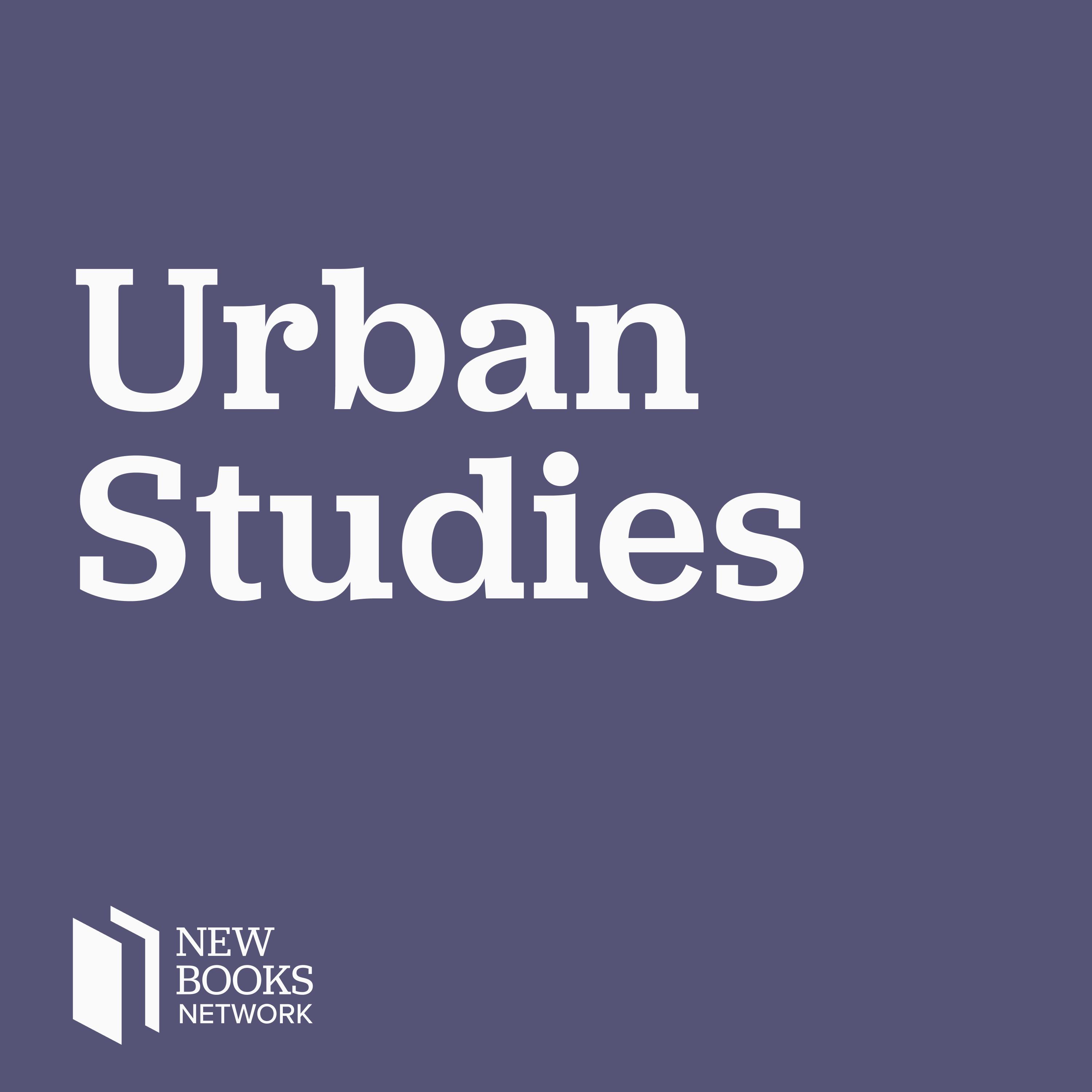Douglas K. Miller, "Indians on the Move: Native American Mobility and Urbanization in the Twentieth Century" (UNC Press, 2019)
Description
In 1972, the Bureau of Indian Affairs terminated its twenty-year-old Voluntary Relocation Program, which encouraged the mass migration of roughly 100,000 Native American people from rural to urban areas. At the time the program ended, many groups--from government leaders to Red Power activists--had already classified it as a failure, and scholars have subsequently positioned the program as evidence of America’s enduring settler-colonial project. But Douglas K. Miller, Assistant Professor of History at Oklahoma State University, argues in Indians on the Move: Native American Mobility and Urbanization in the Twentieth Century(The University of North Carolina Press, 2019), that a richer story should be told--one that recognizes Indigenous mobility in terms of its benefits and not merely its costs. In their collective refusal to accept marginality and destitution on reservations, Native Americans used the urban relocation program to take greater control of their socioeconomic circumstances. Indigenous migrants also used the financial, educational, and cultural resources they found in cities to feed new expressions of Indigenous sovereignty both off and on the reservation. The dynamic histories of everyday people at the heart of this book shed new light on the adaptability of mobile Native American communities. In the end, this is a story of shared experience across tribal lines, through which Indigenous people incorporated urban life into their ideas for Indigenous futures.
Ryan Tripp is part-time and full-time adjunct history faculty for Los Medanos Community College as well as the College of Online and Continuing Education at Southern New Hampshire University.
Learn more about your ad choices. Visit megaphone.fm/adchoices
More Episodes
From Broadway to the Bronx: New York City’s History through Song (Intellect, 2024) tells the history of New York City in song across a variety of different genres that the city has been home to and instrumental in developing, covering everything from early twentieth-century sheet music to...
Published 11/25/24
Published 11/25/24
They call it Spanish Harlem or sometimes just El Barrio. But for over a century, East Harlem has been a melting pot of many ethnic groups, including Puerto Rican, Dominican, Cuban, and Mexican immigrants, as well as Italian, Jewish, and African American communities. Though gentrification is...
Published 11/20/24


